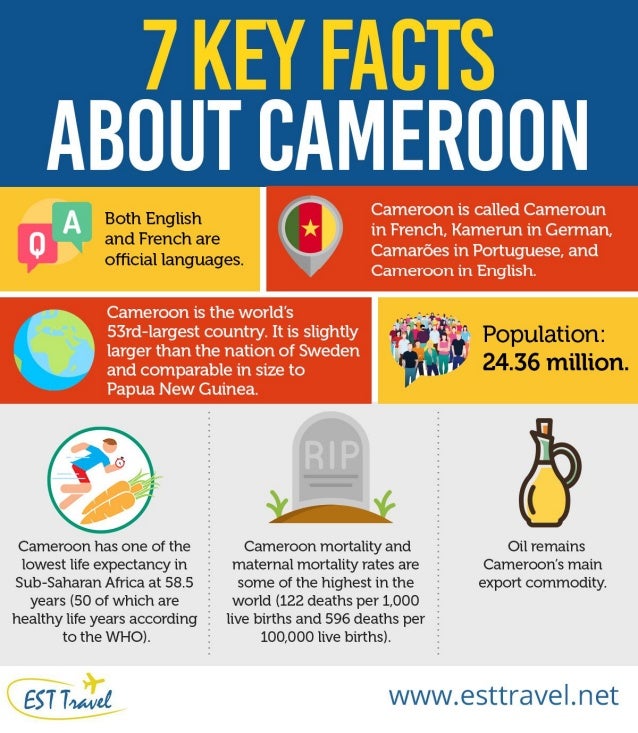Important travel information before leaving for Cameroon
Here is some information I'm sure to need before leaving for the airport. First, what does my hotel look like? Here is a link you can browse through. Looks like I will be in the center of downtown Yaounde! hotel la falaise in Yaounde /
What is the population of Cameroon?
~ 16.3 Million. The 2 largest cities are:
Douala = 2.8 M and considered the economic capital of Cameroon
Yaounde = 2.8 M and considered the political capital of Cameroon
I will be in Yaounde working with the GHSS and the CDC-Cameroon on the RTQII Initiative. See earlier post for more information on this Initiative.
Next- what is the currency in Cameroon?
The Central African CFA franc which is also used in Central African Republic, Chad, Republic of the Congo, Equatorial Guinea, and Gabon. The Bank of the Central African States which is responsible for the currency is based in Yaoundé, Cameroon. The CFA is related to the French currency and the Euro. Interesting.


What sort of weather conditions are awaiting my arrival?
Well..... temps will be between mid-60s and 70s! PLUS rain every day!! My trusty umbrella is already packed! I'll take rain over the 38 degrees C we've been having all summer.. (Ok my followers- convert that temp to F!!)
What is the population of Cameroon?
~ 16.3 Million. The 2 largest cities are:
Douala = 2.8 M and considered the economic capital of Cameroon
Yaounde = 2.8 M and considered the political capital of Cameroon
I will be in Yaounde working with the GHSS and the CDC-Cameroon on the RTQII Initiative. See earlier post for more information on this Initiative.
Next- what is the currency in Cameroon?
The Central African CFA franc which is also used in Central African Republic, Chad, Republic of the Congo, Equatorial Guinea, and Gabon. The Bank of the Central African States which is responsible for the currency is based in Yaoundé, Cameroon. The CFA is related to the French currency and the Euro. Interesting.

What sort of weather conditions are awaiting my arrival?
Well..... temps will be between mid-60s and 70s! PLUS rain every day!! My trusty umbrella is already packed! I'll take rain over the 38 degrees C we've been having all summer.. (Ok my followers- convert that temp to F!!)





